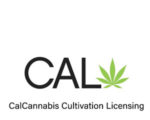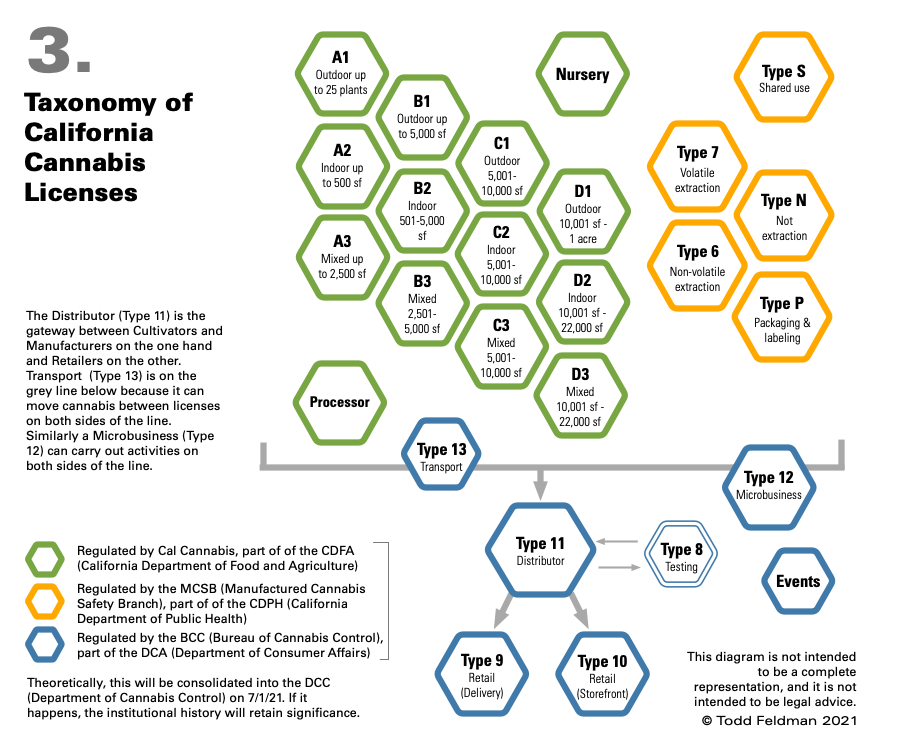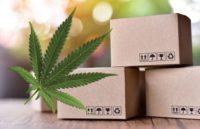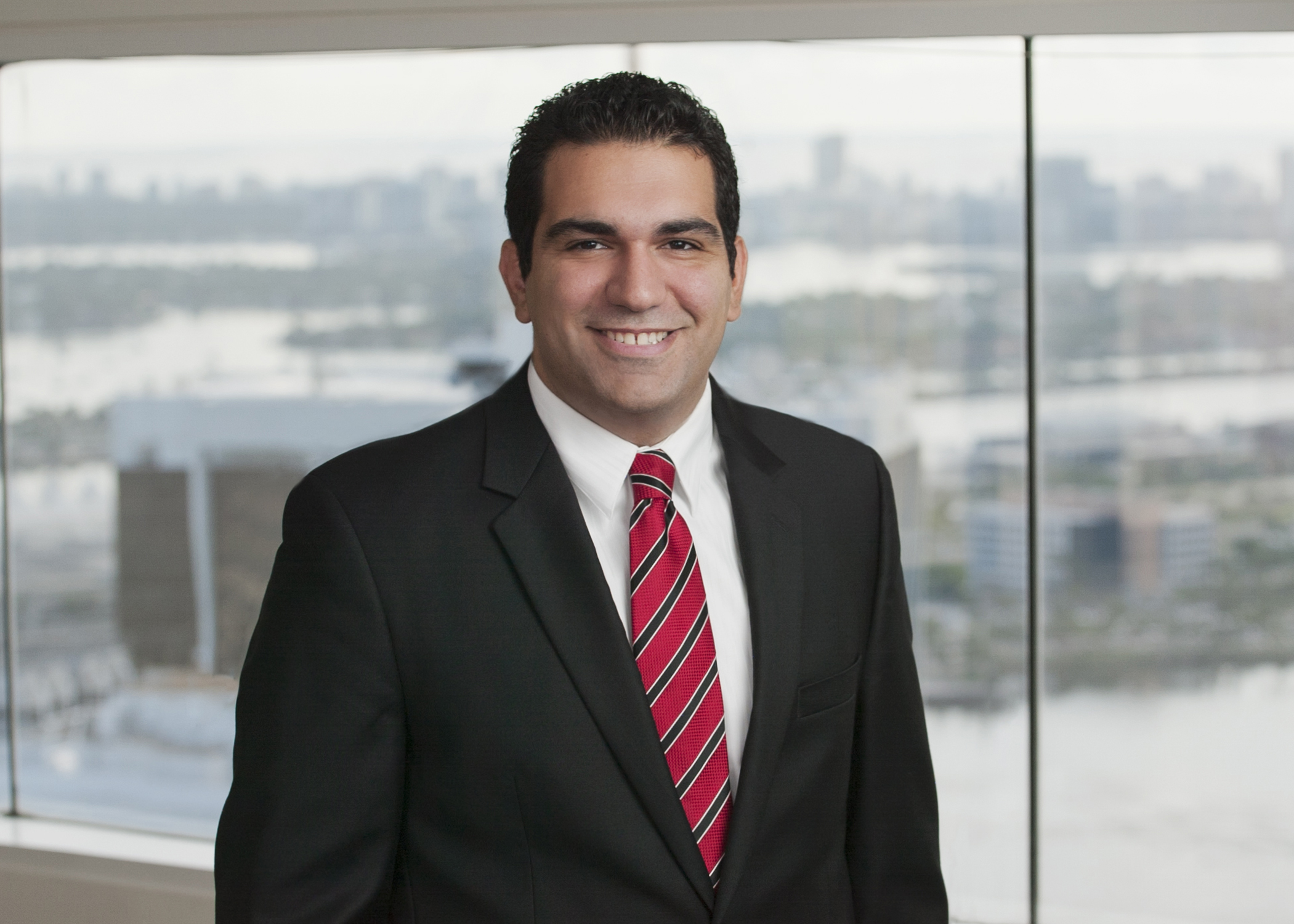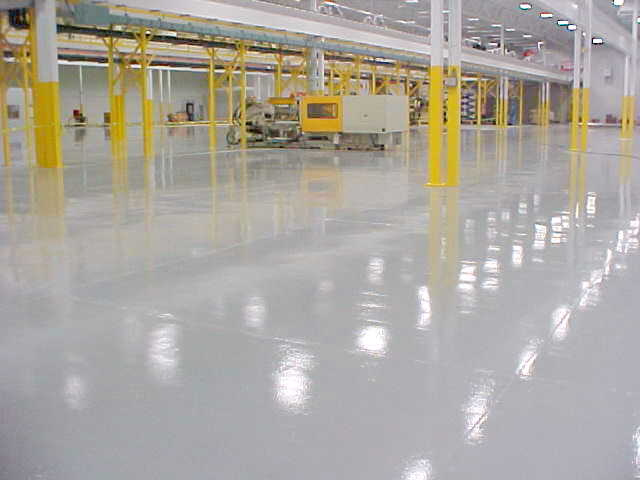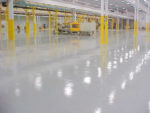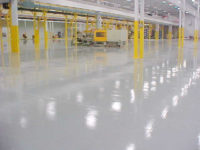The vaping technology market is a constantly evolving landscape, driven by the changing needs and preferences of consumers. Staying relevant in this competitive market requires companies to deliver exceptional vape experiences. Airo Brands has risen to the challenge since its inception, offering a diverse product portfolio that includes multiple vaporizers, pod blends and flavor combinations, all crafted with the latest technology, natural ingredients and intuitive features. Airo Brand’s commitment to delivering state-of-the-art products has resulted in impressive year-over-year growth and expansion into new markets.
Maintaining Consistency Across a Diverse Product Portfolio is Challenging
With three types of vaporizers and an array of cartridge oil formulations, Airo Brands needed a machine that could accommodate various products, streamline operations and produce consistent, high-quality devices to grow the business. But given Airo’s complex product offering, there were potential challenges with oil viscosity, temperature and dispense control, making it essential to find a reliable machine that could switch between products easily and streamline operations without compromising quality.
Finding an Easy-to-use Machine that Evolves with Time is Critical
Airo Brands recognized the significance of investing in a machine that could handle product variations, was simple to use and could accommodate their growing footprint. Airo Brands turned to Thompson Duke Industrial, an original equipment manufacturer that creates automated solutions for filling and capping vaporizer cartridges. Early on, our teams worked together to test and revise a custom septum-fill adapter to fit their needs. Airo was impressed with our availability to troubleshoot issues and come up with solutions in real-time. As the industry evolved, Airo Brands updated to a new cartridge design and switched to automated machines, a transition that our machinery and team handled with ease.
 With Thompson Duke Industrial’s IZR machine, Airo Brands’ partners can fill a variety of different products, up to 30 variations. The machine’s straightforward design allows its operators to turn over and switch between various products in only a few minutes. The IZR’s simplicity and efficiency with setup, clean-up and maintenance make a huge difference in output. Airo now has the ability to train partners on how to fill their products with one machine versus several, which has also been a huge advantage.
With Thompson Duke Industrial’s IZR machine, Airo Brands’ partners can fill a variety of different products, up to 30 variations. The machine’s straightforward design allows its operators to turn over and switch between various products in only a few minutes. The IZR’s simplicity and efficiency with setup, clean-up and maintenance make a huge difference in output. Airo now has the ability to train partners on how to fill their products with one machine versus several, which has also been a huge advantage.
Strong Partnerships Go a Long Way
As a result of our partnership, Airo Brands was able to implement automatic solutions that evolve with the industry to accommodate its diverse product portfolio and growing footprint. Erik Stewart, COO of Airo Brands said, “Thompson Duke Industrial’s machinery handles viscosity, temperature, and processing challenges with ease – and this is exactly what we need to create consistency and quality across our growing business.”
How to Choose the Right Equipment to Set Up Your Business for Success
When choosing cannabis equipment, it is important to work with a partner who is capable of developing innovative solutions that align with evolving industry needs. In the world of machinery, simplicity is key. Streamlined setup, uncomplicated maintenance processes and quick product turnover enhance operational agility. For companies managing multiple partners, the ability to train teams on a single machine is also an advantage.
As your business expands into new markets, consider your equipment’s adaptability, scalability, and capacity to deliver high-quality consistent products. Airo Brands is an example of how automation can drive unprecedented growth. Due in part to the introduction of efficiencies and speed through automation, they were able to expand their footprint across 17 states and increase their SKUs, rising from 38 to 180.










